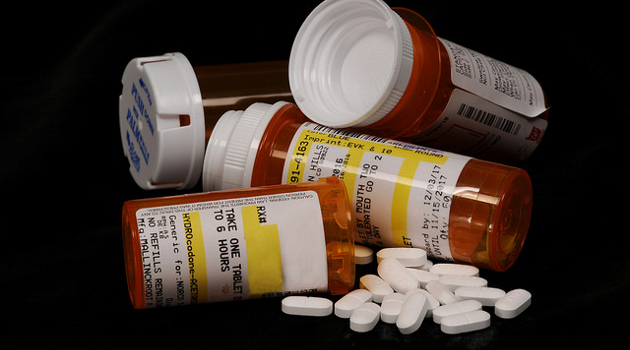Originally published by American Thinker on March 3, 2020.
Reports over the past week have stated that President Trump is frustrated over Congress’ stalled initiatives to cut drug prices.
Who can blame him? Americans spend more on prescription drugs on average than citizens of any other nation on the planet, to the tune of $1,200 per person per year. It’s no secret that they’re frustrated about it, and it’s about time for Congress to act.
Even since the president’s State of the Union of just a few weeks ago, where he made fixing the issue a centerpiece of his address to Congress, the scope of the drug cost problem has gotten even more alarming.
For example, according to a February 13 study, Medicare Part D plans are putting generic prescription drugs on non-generic tiers more than 50% of the time, while they are putting them on preferred generic tiering only 10% of the time.
That’s just wonky way of saying that drug plans are making a habit of putting generics on the same pricing tiers as brand-name drugs — not permitting many consumers to realize their cost-savings. To make matters worse, many generic drugs aren’t being included within the program at all.
This policy’s implications for American consumers have been eye-popping. As recently pointed out by Sen. James Lankford (R-Okla.) in his Federal Fumbles: Ways the Government Dropped the Ball report, consumers have been robbed of a whopping $22 billion due to this deliberate sleight of hand.
Given that Medicare Part D is a federal program, readers might be wondering why the federal government permits drug plans to, in essence, mislabel their drugs to incentivize the use of expensive brand-names. The answer is deserving of a “Thanks Obama!” react.
Up until a few years ago, drug plans were required to act with good ethics and have their drug tiering match the actual drugs found within them. Then, bureaucrats in the Obama-administration irrationally decided to loosen the standards, promoting crony capitalism and benefiting large drug companies at the expense of price competition and consumers’ pocketbooks.
President Trump is right: it’s long past time for Congress to fix the issue of high drug costs. But while a lot of bills before Congress attempt to tackle drug price transparency, transparency won’t mean much if drug plans are still allowed to rig costs upward. And so, addressing this issue has to start with fixing the Obama tiering rule-change.
Thankfully, Rep. David McKinley (R-W.V.), has already introduced HR 4913 to fix this problem. It would simply reverse Obama’s disastrous interference in Medicare — putting low-cost generic drugs on the appropriate generic tiers and creating a dedicated specialty tier for specialty generic drugs and biosimilars.
While the rest of Congress remains consumed by partisan gridlock, the bill’s 20 cosponsors, almost evenly split between Democrats and Republicans, have managed to unite around this commonsense legislation.
The Senate wants in on this too. A number of Republican and Democrat senators, including Chuck Grassley (R-Iowa), Bill Cassidy (R-La.), Ben Cardin (D-Md.), and Bob Menendez (D-N.J.) have expressed support for reversing this Obama era-rule change as well.
Without a doubt, this bill presents more promise of passing both houses of Congress than any other. That said, the first quarter of 2020 is quickly coming to a close. If Congress is going to realize its goal of passing drug reform legislation by the end of the year, it needs to begin moving the process forward.
The first step, as always, is getting the bill scored by the Congressional Budget Office (CBO). By law, the CBO is required to produce formal cost estimates for all non-appropriation measures, so Congress won’t be getting any closer to its year-end goal for drug pricing relief without its analysis.
The CBO score will also be beneficial for uncovering just how much of America’s drug pricing problem the McKinley bill be singlehandedly responsible for fixing. One independent analysis shows that seniors would save an astounding $4 billion from the legislation. If CBO’s projections track with this study, it will become clear as day to all of Congress that this legislation is exactly what the American people need.
Once the CBO conducts its analysis, the relevant congressional committees can ram the bill through the full bodies of both chambers so the bill can finally await President Trump’s signature. And make no mistake about it: the president will sign this bill. As he said in his State of the Union, “Get a bill to my desk, and I will sign it into law without delay.”
The White House is right to be frustrated with Congress’ sluggishness in fixing the nation’s drug pricing impasse thus far, especially given all of this month’s new data that has shown how much worse the problem at hand is becoming. At the same time, though, many members are taking significant strides to address this problem directly by its roots through rectifying the Obama administration’s mistakes. Now, they just need to push it through the CBO and the relevant committees’ procedural hoops so the American people can finally reap the rewards of this bipartisan victory.
———
Image credit: K-State Research and Extension | CC BY 2.0.

